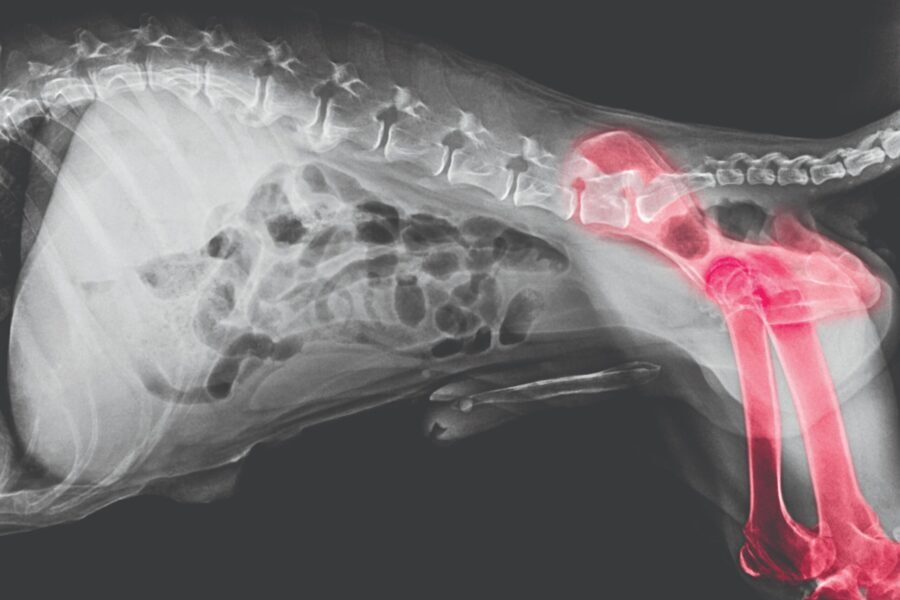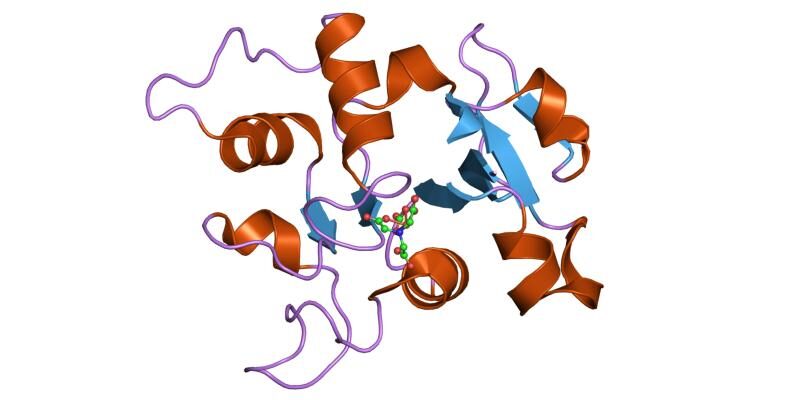Tiny plastic particles, known as microplastics, have become an alarming presence in our environment, impacting both humans and our beloved cats and dogs. These particles originate from various sources, including microbeads in cosmetics and the breakdown of larger plastic items.
As these contaminants infiltrate our water and food supplies, they pose significant health risks to animals. Let’s know more about the different dimensions of the study of microplastics and companion animals.
The Ingestion Issue
Dogs and cats face serious risks when they ingest microplastics through contaminated food and water. Studies show they might experience compromised digestion, internal injuries, and fertility complications. The exposure can be particularly troubling, especially as these particles accumulate in their systems. Owners often overlook these hidden dangers, leaving their companions vulnerable to health complications that could have been avoided.
Hormonal Disruption: A Deeper Concern
Compounding the risks posed by microplastics are harmful additives like Bisphenol A (BPA), commonly found in canned food linings. BPA disrupts hormonal functions in animals, leading to further health issues. BPA is also a known carcinogen. The combination of microplastics and these additives creates a toxic environment for dogs and cats, potentially triggering a cascade of medical problems that can affect their overall well-being.
Practical Steps to Protect Your Companions
While total avoidance of microplastics remains unattainable, proactive measures can significantly reduce exposure. Filtering drinking water helps eliminate small contaminants, while opting for eco-friendly toys ensures playtime doesn’t come at a cost to health. Furthermore, shifting away from canned foods lined with BPA will promote better hormonal health. These choices contribute to creating a safer, healthier lifestyle for furry friends.
Choosing Healthier Alternatives
Look for pet food brands that prioritize sustainability and health in their packaging, reducing reliance on plastic. Opt for glass or tetra-pack containers instead of traditional metal cans. Engaging with local farmers or selecting fresh, organic options can also minimize the risk of microplastic exposure. A community-focused approach encourages a healthier environment for animals while rallying support for eco-friendly practices.
Start the Conversation
With growing awareness about microplastics and their effects on health, open dialogues among fellow caregivers can foster proactive strategies to protect animals. Sharing experiences, insights, and alternative products creates a collective knowledge base that benefits all. Sparking this conversation can lead to innovative solutions to combat the impact of microplastics in everyday life.
The studies regarding microplastics and companion animals tell us that the battle against microplastics is relentless, but the journey toward a healthier future for animals starts with informed choices.
Understanding the risks and taking practical steps means caregivers can make a meaningful impact on their companions’ health. Ultimately, fostering a safe environment enhances the bond shared with our furry friends, ensuring they thrive in happiness and health.
Environmental Exposure Beyond the Bowl
While ingestion is a primary route of microplastic exposure, cats and dogs are also vulnerable through their environment. Pets that spend time outdoors, especially in urban areas, may inhale airborne microplastics or come into contact with them through soil and surfaces.
Indoor pets aren’t entirely safe either; synthetic fibres from carpets, furniture, and pet bedding can release microplastics that linger in household dust. Frequent grooming means animals often lick these particles off their fur, inadvertently ingesting them. This environmental exposure increases the cumulative risk, emphasizing the importance of creating cleaner, safer spaces both inside and outside the home.
FAQs About Microplastics and Pet Health:
Can microplastics make my pet sick?
Yes. While research is ongoing, existing studies suggest that microplastics can damage digestive systems, disrupt hormone balance, and potentially affect fertility and long-term health in pets.
Are certain pet products more likely to contain microplastics?
Yes. Items like plastic chew toys, synthetic bedding, and low-quality pet food packaging can contribute to microplastic exposure. Look for products labelled BPA-free or made from natural, biodegradable materials.
Should I avoid all canned pet food?
Not necessarily, but it’s wise to choose brands that use BPA-free liners and environmentally conscious packaging. Switching to fresh or frozen options where feasible can also reduce exposure.
How can I reduce microplastic exposure indoors?
Vacuum regularly, use air purifiers, and wash pet bedding frequently. Choosing natural materials for toys and furniture helps lower indoor microplastic levels.
Is filtered water really that important for pets?
Yes. Tap water can contain microplastic particles. Providing filtered or distilled water can significantly lower this risk, especially in areas with high plastic contamination.
Final Words
Protecting our furry companions from microplastics may feel overwhelming, but even small, consistent steps can make a meaningful difference. From choosing safer products to maintaining a clean home environment, our everyday choices impact our health. By staying informed and proactive, caregivers create not just a healthier space for their pets but also contribute to a broader environmental effort. In the end, a cleaner planet benefits everyone, especially the loyal, loving animals who share our lives.








